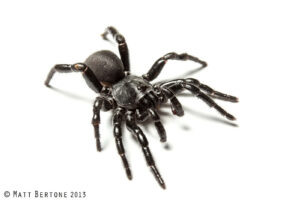
Local Spiders Confused for Deadly Relatives
I’ve been getting a few emails and calls about large, menacing-looking black spiders that are often confused for exotic, …



El inglés es el idioma de control de esta página. En la medida en que haya algún conflicto entre la traducción al inglés y la traducción, el inglés prevalece.
Al hacer clic en el enlace de traducción se activa un servicio de traducción gratuito para convertir la página al español. Al igual que con cualquier traducción por Internet, la conversión no es sensible al contexto y puede que no traduzca el texto en su significado original. NC State Extension no garantiza la exactitud del texto traducido. Por favor, tenga en cuenta que algunas aplicaciones y/o servicios pueden no funcionar como se espera cuando se traducen.
Inglês é o idioma de controle desta página. Na medida que haja algum conflito entre o texto original em Inglês e a tradução, o Inglês prevalece.
Ao clicar no link de tradução, um serviço gratuito de tradução será ativado para converter a página para o Português. Como em qualquer tradução pela internet, a conversão não é sensivel ao contexto e pode não ocorrer a tradução para o significado orginal. O serviço de Extensão da Carolina do Norte (NC State Extension) não garante a exatidão do texto traduzido. Por favor, observe que algumas funções ou serviços podem não funcionar como esperado após a tradução.
English is the controlling language of this page. To the extent there is any conflict between the English text and the translation, English controls.
Clicking on the translation link activates a free translation service to convert the page to Spanish. As with any Internet translation, the conversion is not context-sensitive and may not translate the text to its original meaning. NC State Extension does not guarantee the accuracy of the translated text. Please note that some applications and/or services may not function as expected when translated.
Collapse ▲
I’ve been getting a few emails and calls about large, menacing-looking black spiders that are often confused for exotic, …
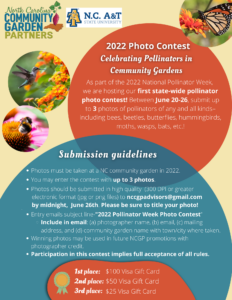
Thank you to everyone that participated in the “Hatch Butterflies” program when 4-H Embryology took a break due to …

As we move toward squaring and bloom stages, it is essential to plan plant bug scouting strategies depending on …
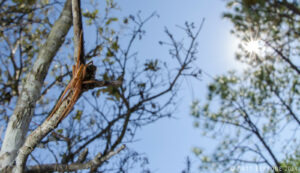
We’ve been getting a lot of inquiries about spiders hanging around and coming inside homes lately. Some have …
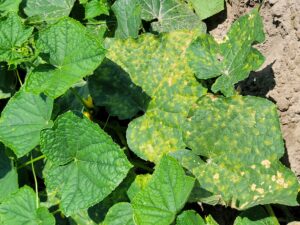
Written by Mariana Prieto-Torres and Lina M. Quesada-Ocampo. Pseudoperonospora cubensis, the causal agent of cucurbit downy mildew (CDM), was confirmed …
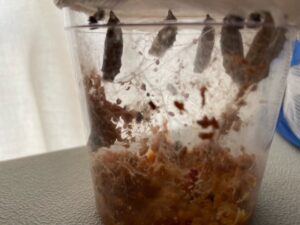
When 4-H Embryology was cancelled due to Highly Pathogenic Avian Influenza on April 5, 2022, Liz Driscoll, 4-H Horticulture …

Article by DeShae Dillard, M.S., NC State, Department of Entomology and Plant Pathology Corn earworm (also known as bollworm) is …
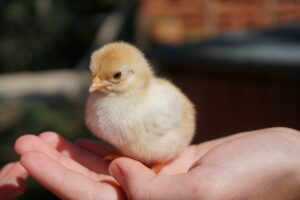
If you are a 4-H agent or Program Assistant who will hatch out chicks with 4-H Embryology, please join …

There are several mobile apps that are very useful in plant identification. These image-based identification tools have improved dramatically …

Pesticide Schools are hosted by the NC State Pesticide Safety Education Program with the help of the NC Extension …
Youth Flock Owners: Please read the latest update from the North Carolina Department of Agriculture and Consumer Services released on …

The North Carolina Tomato Growers Association recently hosted the Winter Vegetable Meeting in February. Attendees were asked a series …
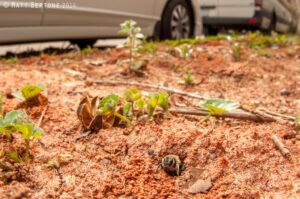
As the weather warms up, insects and other animals are becoming more active. I wrote the other day about …

Spring flowering plants like forsythia send an undeniable message that the temperatures are getting warm enough for plants to …
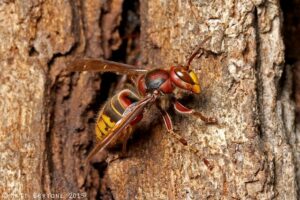
It’s feeling a lot like spring out there! As the warm weather bring feelings of joy from longer days …
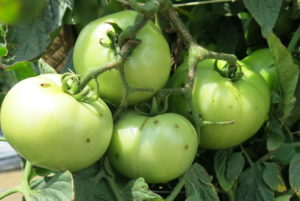
Anyone who grows tomatoes in North Carolina, from homeowners to commercial growers, eventually finds their crop is affected by …
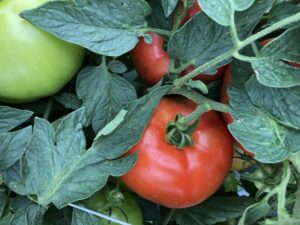
The fungicide spray guides for tomato and pepper are intended for commercial growers and are suggested products or programs …
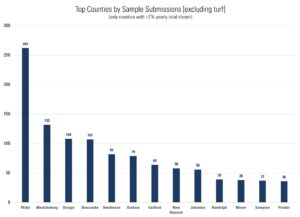
Last year (2021) was a busy one for us at the Plant Disease and Insect Clinic (PDIC). It was …
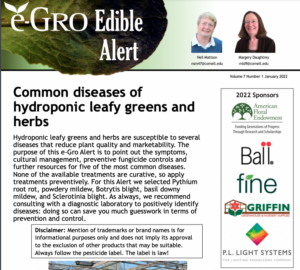
Although hydroponic production systems allow growers to control many factors to create a healthy crop, these systems do pose …
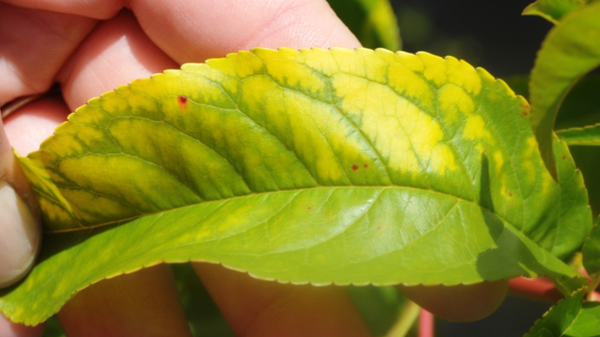
This factsheet describes the symptoms of a photosystem II (PS II) inhibitor herbicide injury.

Similar to zoysiagrass mites, bermudagrass (Eriophyes cynodoniensis) mites are tiny, worm-like arachnids present in the …

This publication covers the identification, life cycles and treatment of several species of insects, such …

This vegetable pathology factsheet describes the identification and treatment of anthracnose of pepper.

This publication describes the invasive Callery pear species, its offspring, and how it can harm …
This factsheet describes the biology of the cane lace bug or bamboo lace bug, Leptodictya …

This factsheet describes the biology of the banded sphinx moth or lesser vine sphinx, Eumorpha …

This factsheet describes the biology of the elm-grass root aphid, Tetraneura ulmi, and provides residential …